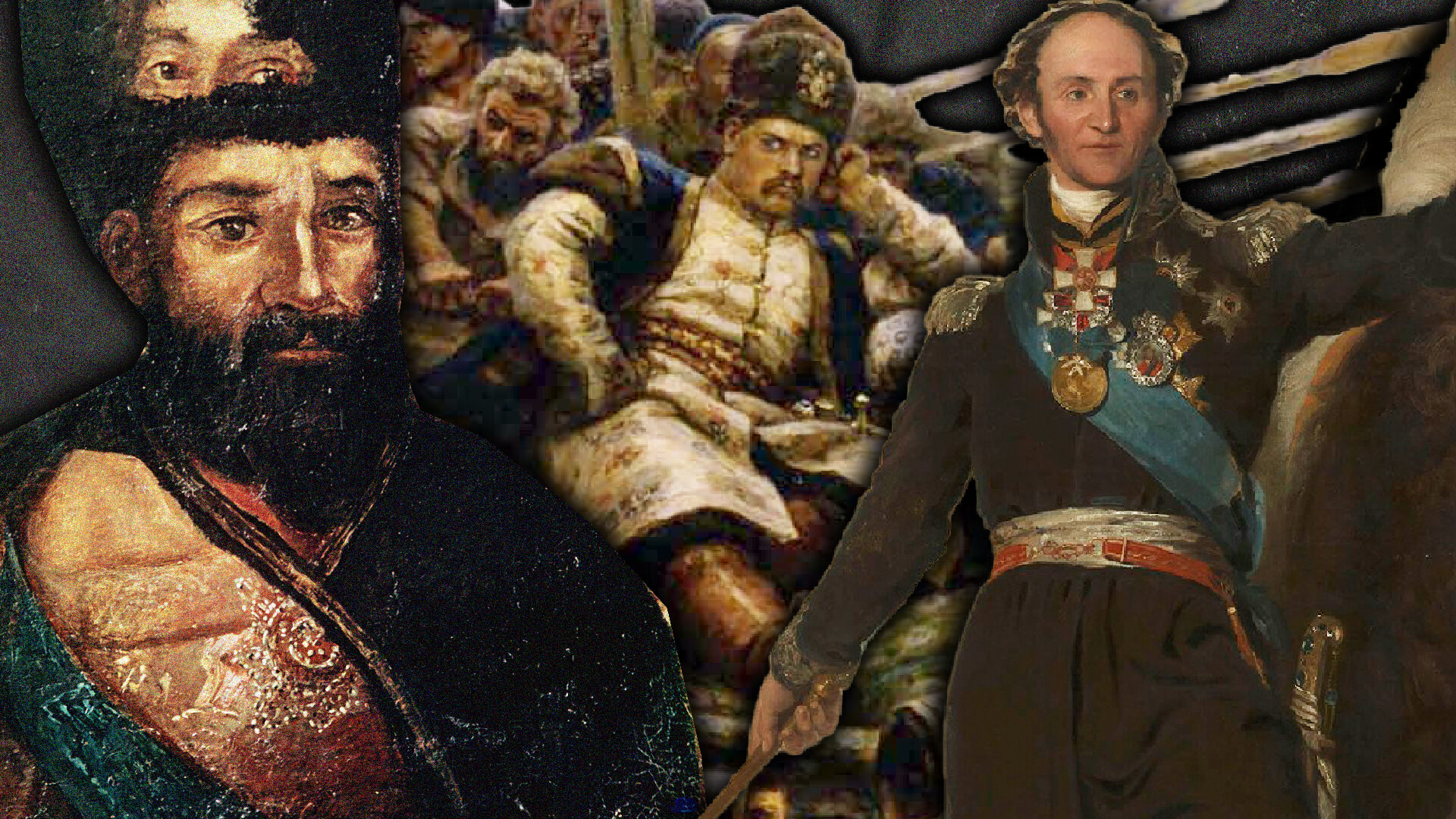
The Cossacks made a name for themselves in Russian history, not only as defenders of the state borders, brave warriors and pioneers, but also as reckless rebels and insurgents.
However, not all representatives of the Cossacks saw war as their life's vocation. Some left a notable mark on Russian culture.
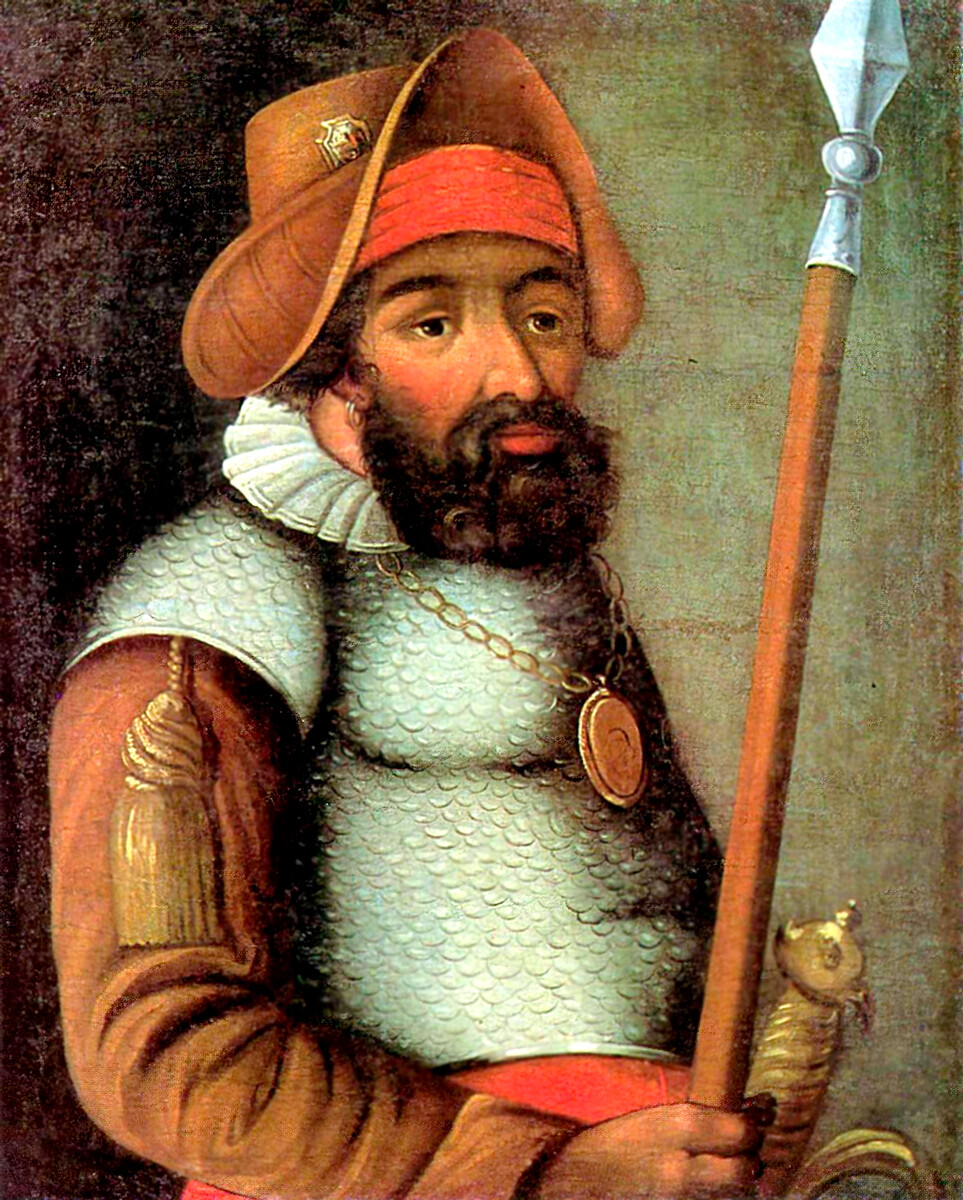
Yermak Timofeyevich, conqueror of Siberia.
Public Domain"In appearance, he was noble and distinguished, of medium height, powerfully built with broad shoulders; he had a flat, but pleasant face, a black beard, curly dark hair, quick bright eyes - the mirror of a passionate and vigorous soul and penetrating mind," was how Russian historian Nikolai Karamzin described Cossack Ataman Yermak Timofeyevich.
In 1581, at the head of a large Cossack army, Yermak set off on a campaign against the Khanate of Sibir, one of the remnants of the enormous, but, by then, defunct Mongol Empire. The military campaign was sponsored by the wealthy Stroganov merchants, whose possessions in the Urals were regularly subjected to Tatar raids.
In November 1582, Cossacks captured the capital of the Khanate, Qashliq (near the modern-day city of Tobolsk), forcing Kuchum Khan to retreat into the steppe. The Ostyak (Khanty), Vogul (Mansi) and other princelings immediately asked Yermak to be accepted as subjects of the Russian tsar.
Yermak failed to crush Kuchum completely; in 1585, he was killed in an ambush set by the Khan. But, he had paved the way to Siberia for the Russian state and, following in the footsteps of the Cossacks, numerous military contingents led by Tsarist ‘voivodes’ (military leaders) headed there.
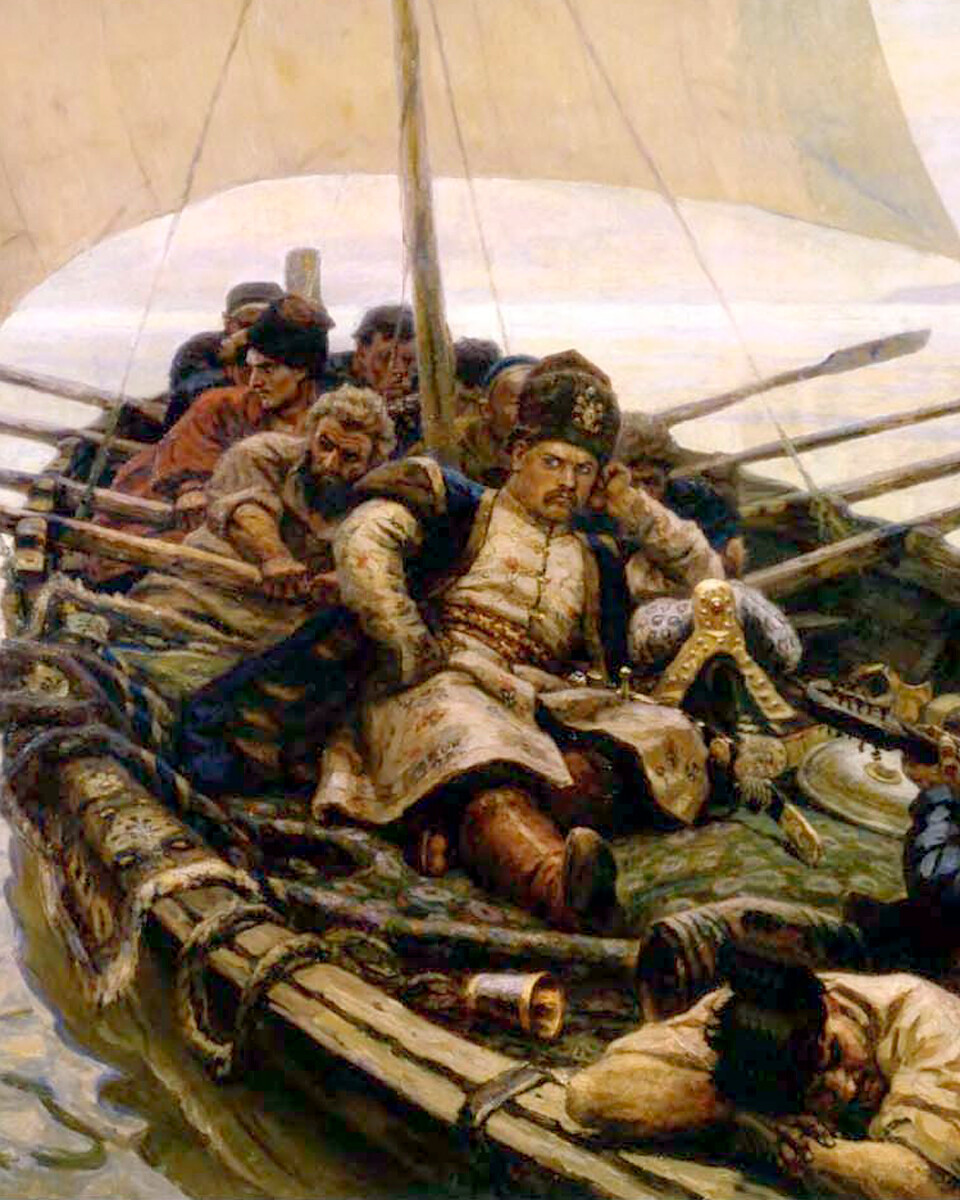
Stenka Razin.
Vasily SurikovIn 1667, Don Cossack Stepan (Stenka) Razin formed a force of men united by a fondness for easy riches and set off to rob merchants along the Volga River. Then, he entered the Caspian Sea with 30 boats and plundered the Persian coast, defeating the Shah's fleet along the way.
In 1670, having gained enormous popularity, the ataman unleashed a real war against tsarist authorities. Razin was joined not just by Cossacks, but also peasants fleeing to the Don from oppression by landowners and even deserting ‘streltsy’. His army reached a strength of several tens of thousands of men.
The rebels seized, burnt and laid waste to towns and carried out mass executions of boyars, tsarist officials and officers. The ataman told those who joined him: "Now, avenge yourselves on the tyrants who, until now, have held you captive worse than Turks or heathens. I have come to give you all liberty and deliverance; you shall be my brothers and sons."
Razin succeeded in taking Astrakhan, Tsaritsyn (future Staligrad, now - Volgograd), Samara and Saratov, but, in the end, he was defeated and captured. On June 16, 1671, he was publicly quartered, his entrails were fed to dogs, while parts of his body were stuck on stakes and put on public display. As a lesson to others.
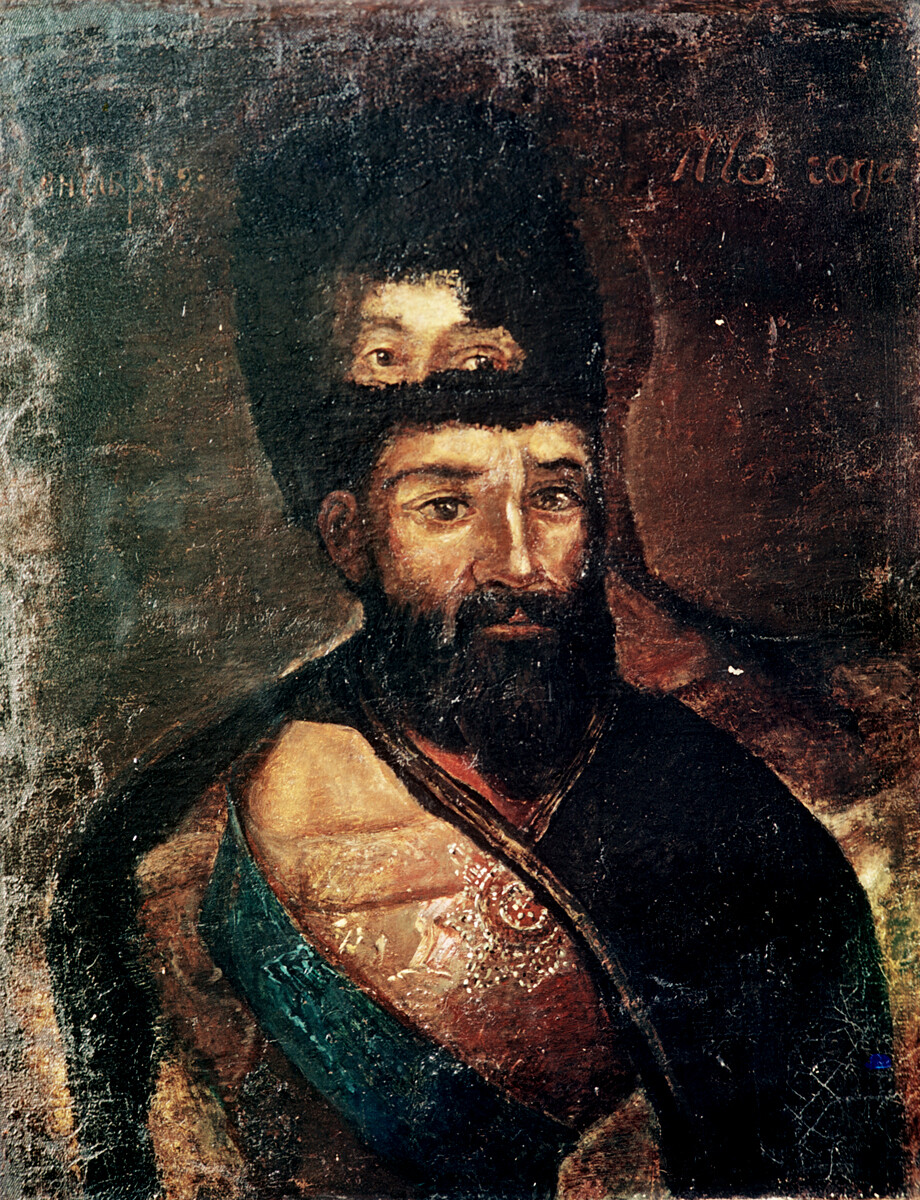
Portrait of Yemelyan Pugachev by unknown artist.
Pavel Balabanov/SputnikA 1773-1775 uprising led by another Don Cossack named Yemelyan Pugachev assumed a much greater scale. He was born in the ‘stanitsa’ (‘rural locality’) of Zimoveyskaya (today Pugachevskaya), which is also believed to have been where Stepan Razin hailed from. Pugachev proclaimed himself to be the "miraculously surviving" Tsar Peter III. In July 1762, the monarch had been overthrown by his wife, future Empress Catherine II. Shortly after these events, it was believed he had died in mysterious circumstances.
The fake tsar pretender was supported by the Yaik (Urals) Cossacks, who were joined by disaffected peasants and workers from Urals factories, as well as Kalmyks, Tatars, Bashkirs, Chuvash and others. The total number of people involved in the rebellion reached 100,000, although Pugachev's main army did not number more than 40,000.
The insurgents' aim was to "get rid of the disquieters of the empire and the ruiners of the peasants" and to install a "good tsar" upon the throne. They captured a multitude of forts and small towns, where they dispensed rough justice to officers and government officials. At one point, Pugachev even managed to seize such a large city as Kazan (except for its kremlin).
In September 1774, the insurgent forces were defeated in the ‘Battle of Cherny Yar’. The "peasant tsar" fled, but was handed over to government troops by his own side. On January 21, 1775, Yemelyan Pugachev was executed on Bolotnaya Square in Moscow.
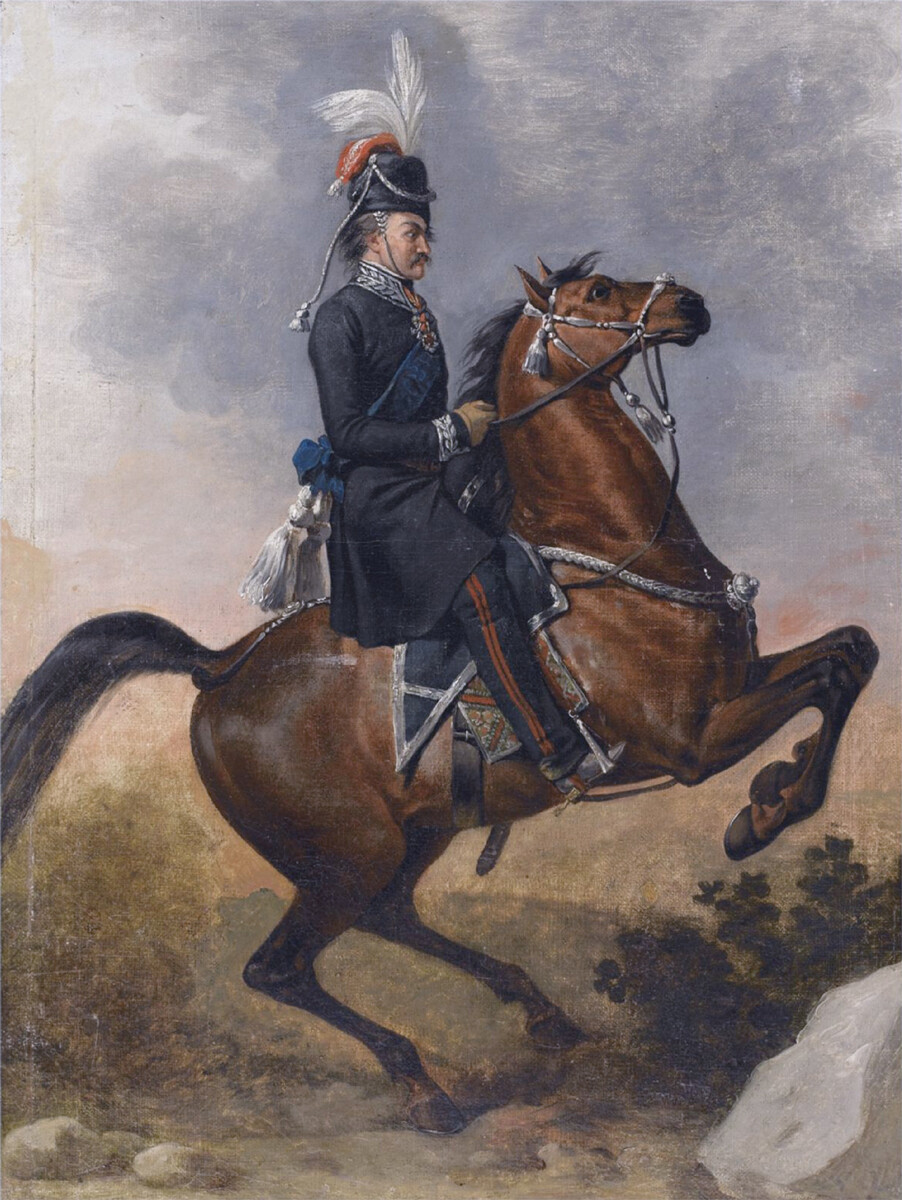
General Matvei Platov.
Sotheby'sThe son of a Cossack colonel, Matvei Platov was already commanding a regiment at the age of 18. And he was not yet 50 when he was appointed ataman of all Don Cossack troops.
During the Patriotic War of 1812 against Napoleon, Platov led Cossack regiments in covering the retreat of the Russian armies, inflicting painful blows on the enemy. In the ‘Battle of Borodino’, the corps under his command carried out a whirlwind raid against the rear of the enemy, causing confusion in the enemy camp.
Platov's Cossacks were unremitting in their pursuit of the remains of the Grande Armée on their flight from Russia and gave an excellent account of themselves in the 1813-1814 military campaign in Europe. "The services you have rendered to the Fatherland are without equal. You have demonstrated to the whole of Europe the might and strength of the inhabitants of the blessed Don…" Mikhail Kutuzov, the commander-in-chief of the Russian army, wrote to the ataman.
In the Russian Empire, in Britain, in the USSR and in modern Russia, the name of the celebrated commander was borne by 17 ships. In addition, an English schooner was named ‘Miss Platoff’ after the ataman's daughter Maria.
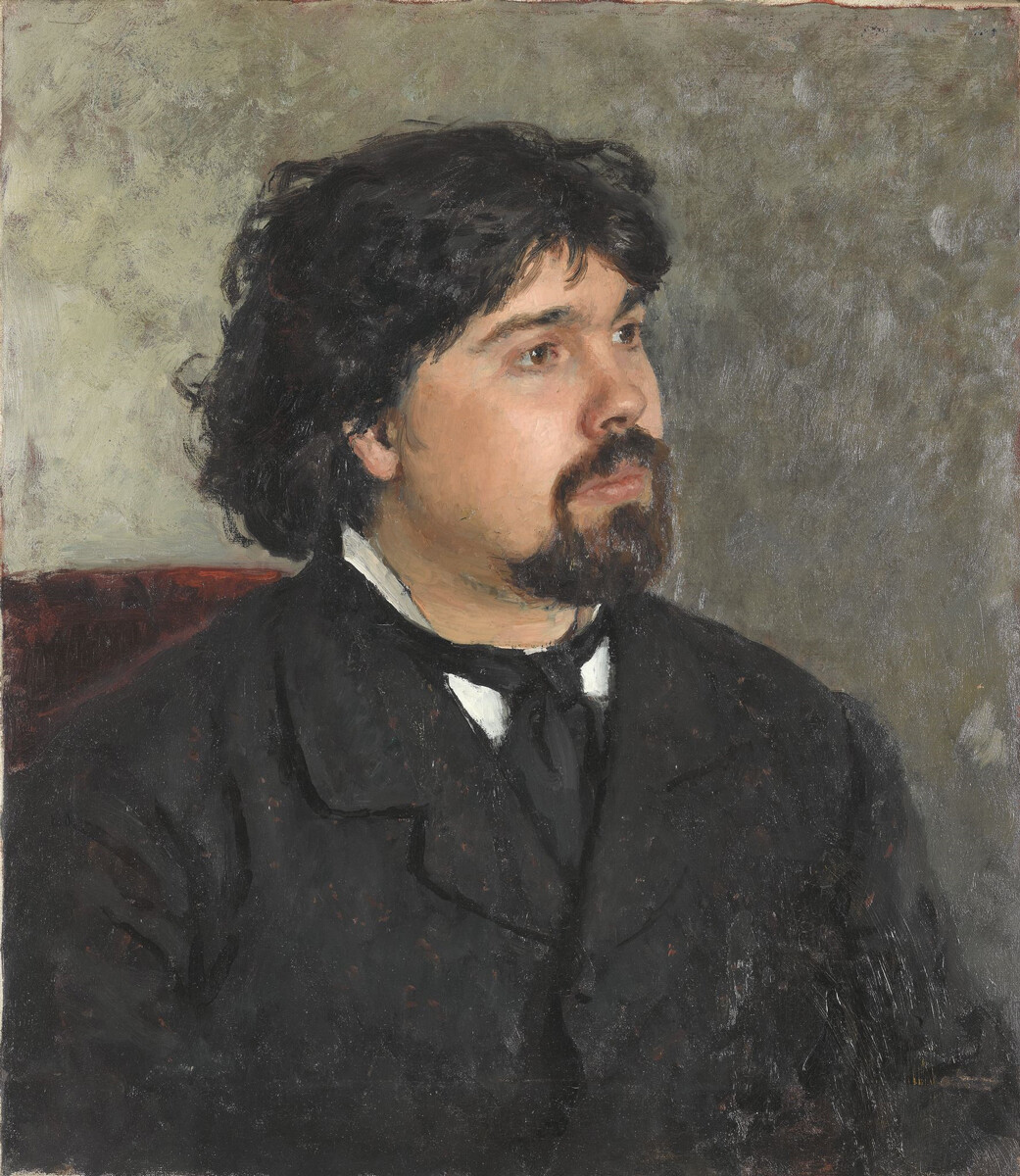
Portrait of Surikov by Ilya Repin.
The State Tretyakov GalleryNot all Cossacks were exclusively noted for their military deeds, however. A Cossack who made an enormous contribution to Russian culture was the artist Vasily Surikov.
Surikov was born in Krasnoyarsk, Siberia, but he was a Don Cossack by heritage. "Our family were all Cossacks. Until 1825, they were rank-and-file Cossacks and, then, they joined the officer class… And my grandfather, Alexander Stepanovich, was a regimental ataman," he stated.
Surikov won fame for his large-scale historical canvases: 'The Morning of the Streltsy Execution', 'Boyarina Morozova', 'Suvorov Crossing the Alps' and others.
Cossack subjects, with which he had a natural affinity because of his background, also featured in the artist's works. During trips to the River Don, he made sketches of local Cossacks and 'The Conquest of Siberia by Yermak' and 'Stepan Razin' are among his most famous paintings.
If using any of Russia Beyond's content, partly or in full, always provide an active hyperlink to the original material.
Subscribe
to our newsletter!
Get the week's best stories straight to your inbox